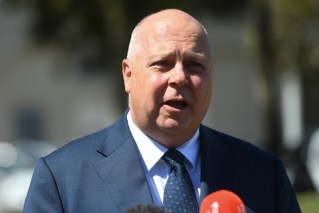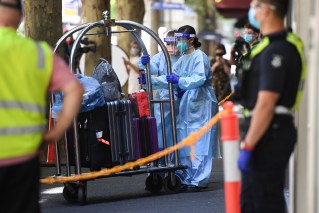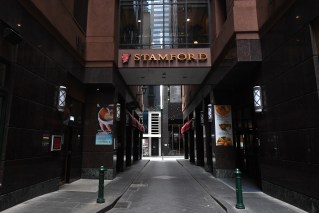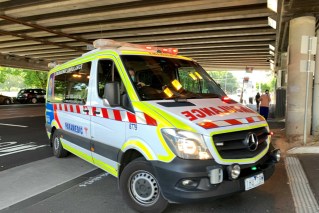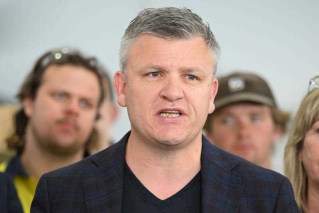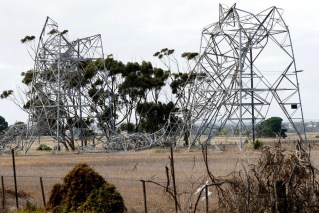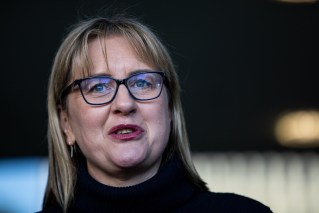Car-free ‘superblocks’ considered for Melbourne CBD

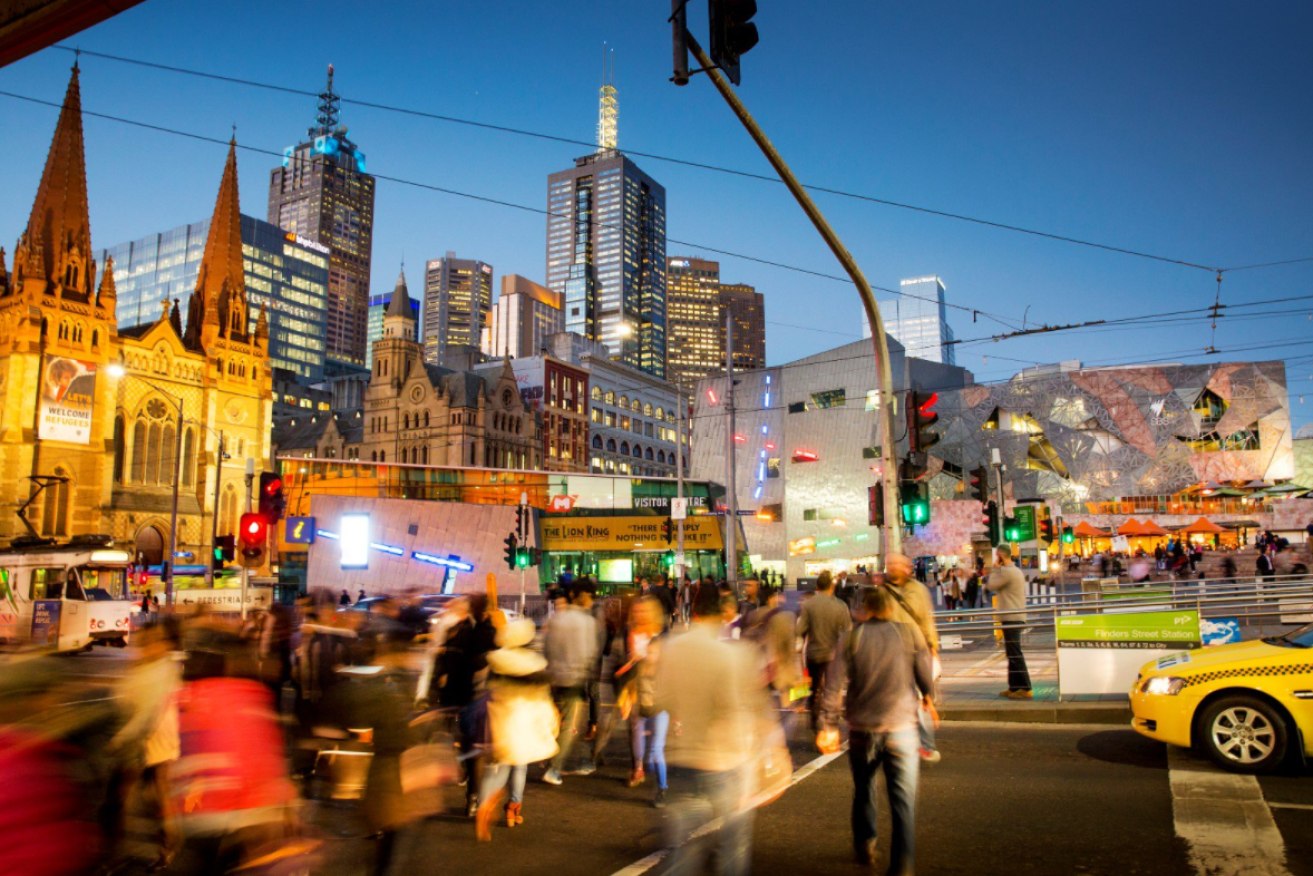
Melbourne council is drafting a new transport strategy to 2050. Photo: City of Melbourne
Parts of Melbourne CBD could become car-free zones to tackle dangerous congestion and crowd crush fears on city footpaths.
City of Melbourne suggested the move in two discussion papers released on Thursday to develop a new transport strategy to 2050.
The council proposed the car-free ‘superblocks’, imposing a 30km/h speed limit in the Hoddle Grid and Docklands, reducing pedestrian wait times at traffic lights and removing on-street parking.
“Pedestrian crowd crush is a big issue in Melbourne with the number of people in our city set to grow by 50 per cent in the next 20 years, and we need to think about how we address that,” Councillor Nicholas Frances Gilley said in a statement.
“Every hour during the morning peak, 15,000 pedestrians cross the Spencer and Collins Street intersection outside Southern Cross Station, which is five times the number of people in cars, yet cars are given twice the amount of time as pedestrians to pass through.”
He said one person was killed and 31 pedestrians have been injured on Spencer Street in the past five years. The entire municipality has had six deaths and 234 serious injuries over the same period.
Car-free zones, already used in Barcelona, could be introduced in parts of the CBD, with shared spaces prioritised for walking, cycling, residents’ cars and deliveries, and speed limits reduced to 10km/h.

City of Melbourne said cars were granted a disproportionate amount of time and space in the city. Photo: City of Melbourne
The proposal would allow for wider footpaths to accommodate pedestrian movements and activities such as outdoor dining, street trading, seating and spaces for civic activities, tree planting and rain water management.
The council is seeking public feedback on the proposal to draft a strategy to improve safety for pedestrians.
“Allocating the majority of space to cars when most people walk or take public transport is not sustainable. We are a walking city: Within our CBD 89 per cent of all trips in the city’s core are made on foot and if we want to encourage more people to walk more often so we need to make it safer and easier to do so,” Cr Frances Gilley said.
“Pedestrian activity also benefits our economy as walkers are more likely to stop, linger and eat or shop at our businesses. A 10 per cent increase in the connectivity of the pedestrian network can result in an economic uplift of $1.2 billion to Melbourne’s economy.”
A further six discussion papers will be released over the coming two months.
Premier Daniel Andrews said he was not convinced car-free zones “would do much good at all”.
He said the best way to reduce congestion was to increase public transport infrastructure like the under-construction Metro rail tunnel.
“I’m not convinced that it would improve traffic flow, I’m not convinced it would improve safety,” he told reporters.
“I’m not convinced this would do much good at all.”
Dave Jones, the RACV mobility advocacy manager, said Melbourne and Barcelona were “fundamentally” incomparable.
“It’s not to say lessons can’t be learned, it’s got a magnificent pedestrian boulevard, Las Ramblas, and things like that that can be tried … but I’m not sure wholesale adapting a care-free centre of the city is the right solution for Melbourne,” Mr Jones told ABC Radio Melbourne on Thursday.
-with AAP

